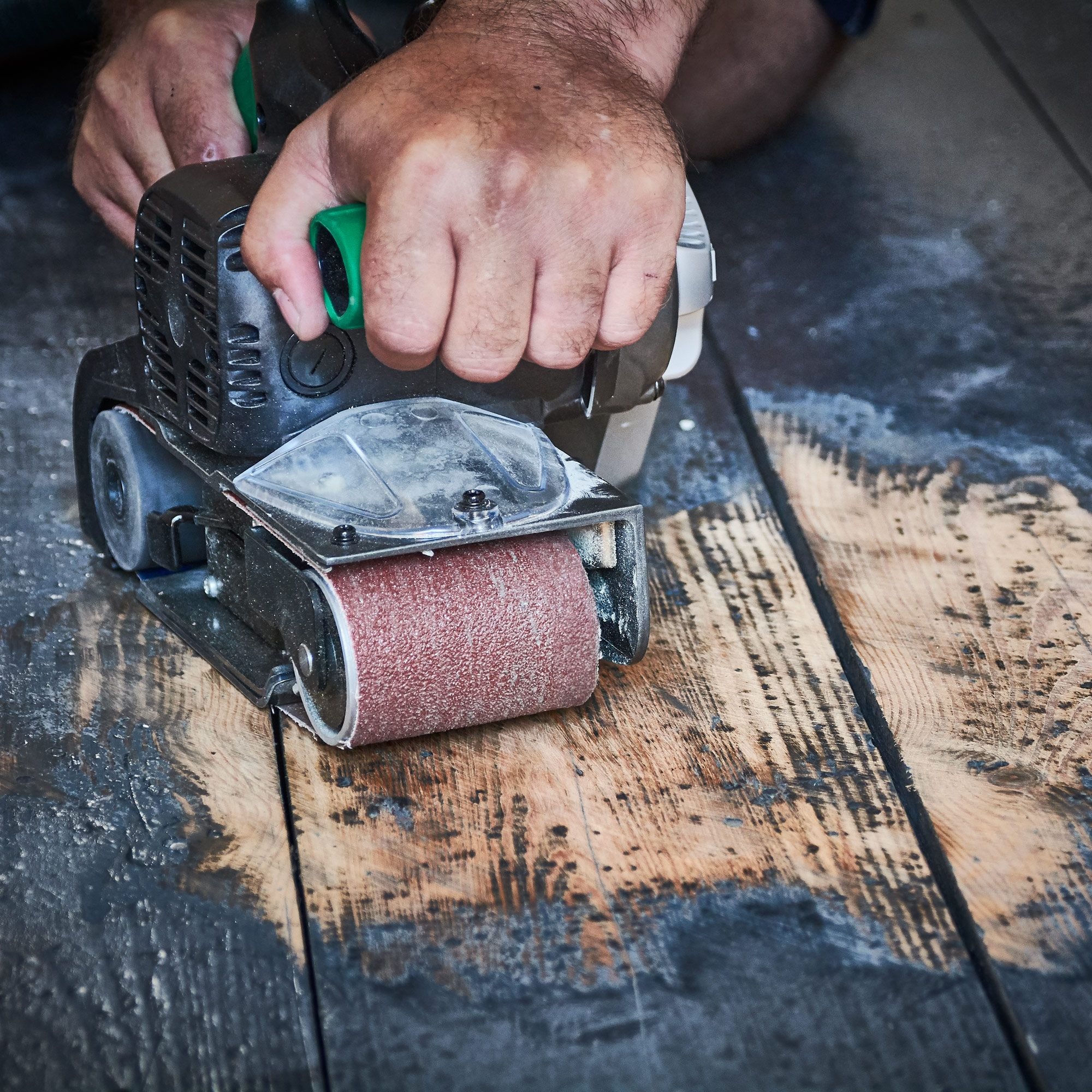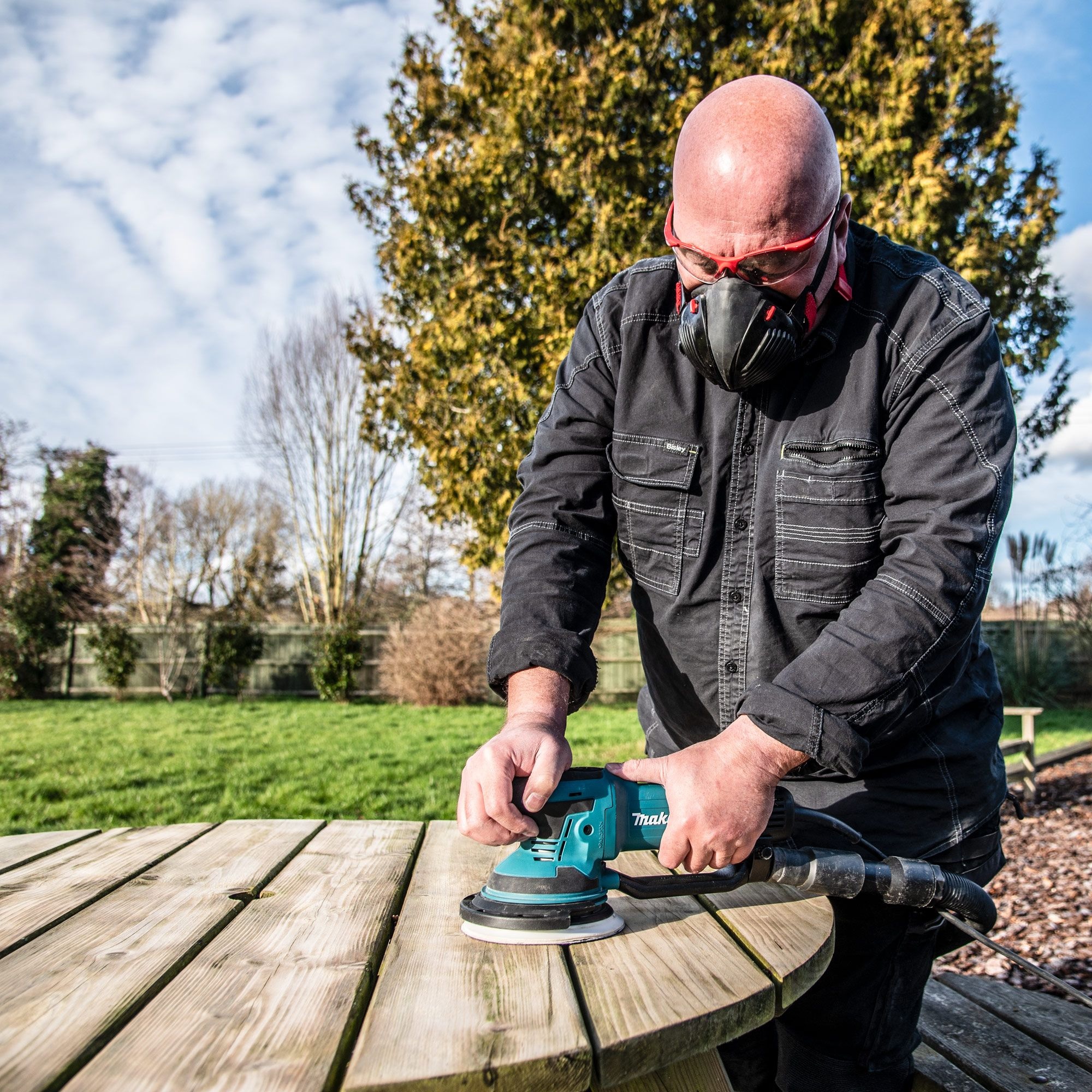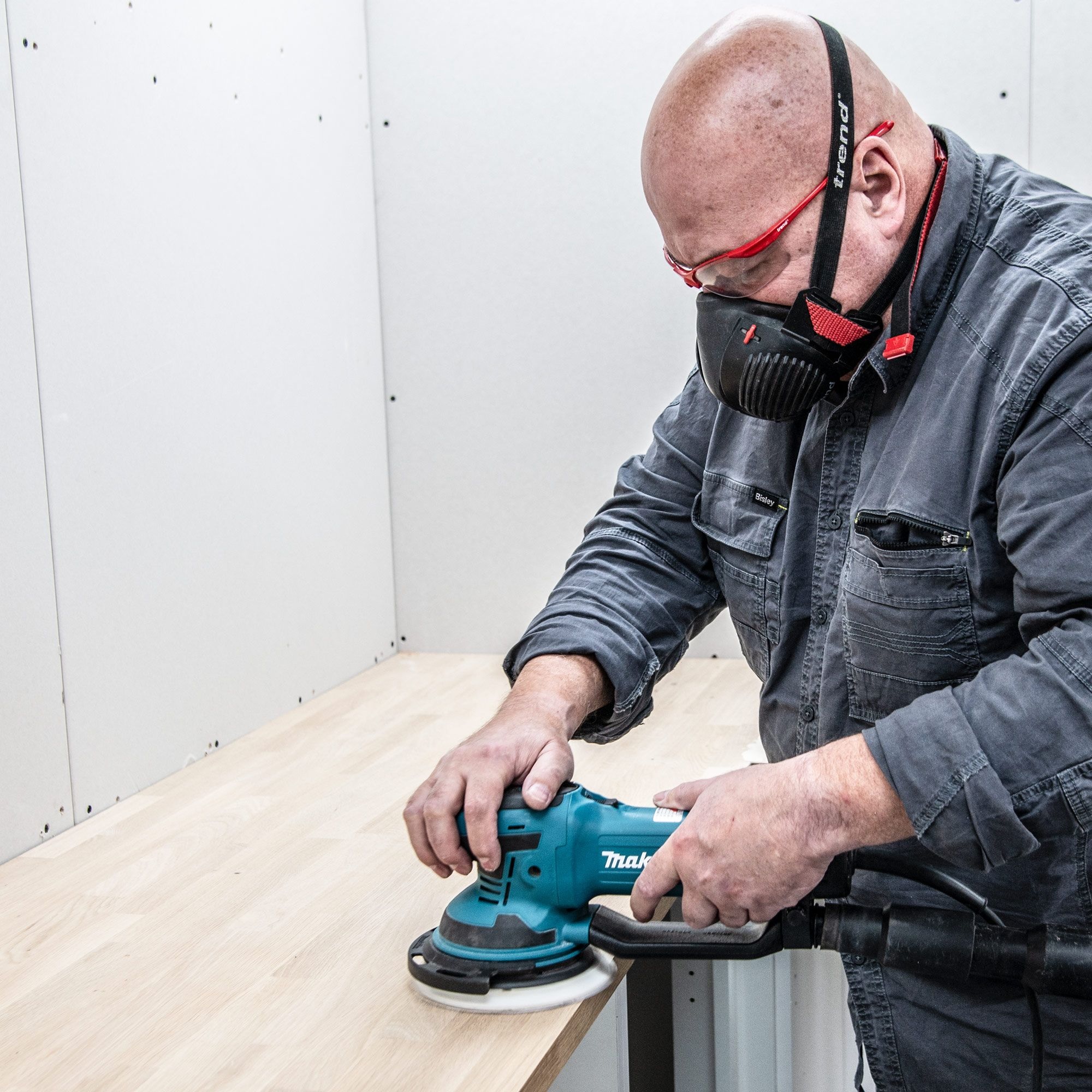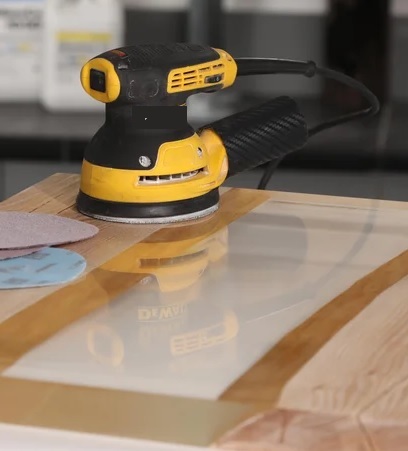✔ Competitive Pricing ✔ Quality Service ✔ Extensive Stock ✔ Experienced Staff
Reset Filter
 Price
PriceGrit Sizes - Explained
Abrasive Grit Sizes - Explained
How to choose the correct grit size for your application
Abrasive grit sizes determine how coarse or fine the abrasive particles are, which directly affects how much material is removed and the smoothness of the finish.
Lower grit = more aggressive sanding. It removes material quickly but leaves scratches.
Higher grit = gentler sanding. It smooths surfaces and is ideal for finishing touches.
Progressive sanding is key: start with coarse grit and move up gradually to finer grits for best results.
For woodworking, start with 80 or 100 grit and finish with 220.
For metal or plastic, use higher grits like 400–600 to avoid gouging.
For automotive paint, wet sanding with 1000+ grit is common to achieve a mirror finish.
Keep reading for more information on grit sizes and recommended applications, as well as which type of sander is best for each grit.
Use the shortcuts below to skip to the relevant section:
Grit Size: 40-60
Course Grit. Suitable for very rough surfaces.
Recommended Use:
* Heavy material removal. * Removing paint. * Shaping wood. * Stripping finishes.
Ideal for projects such as:
Refinishing old furniture: Strip thick layers of paint or varnish from a vintage dresser.
Shaping rough lumber: Smooth out uneven edges on reclaimed wood.
Removing rust from metal: Prep rusty garden tools before repainting.
Recommended Sanders for 40-60 Grit:
Belt Sander: Ideal for aggressive material removal on wood, metal, or paint. Great for leveling uneven surfaces or stripping finishes. (Find here)
Angle Grinder (with sanding disc): For heavy-duty metalwork or rust removal. (Find here)
Drum Sander: Used for large-scale floor refinishing or thick stock removal. (Find here)

Grit Size: 80-100
Medium Grit. Suitable for moderately rough surfaces.
Recommended Use:
* General sanding. * Smoothing rough wood.
Ideal for projects such as:
Sanding new wood: Prep pine boards for staining or painting.
Leveling drywall compound: Smooth joint compound between plasterboard seams.
Removing light paint or finish: Clean up surfaces without gouging.
Recommended Sanders for 80-100 Grit:
Orbital Sander: Offers good control for general sanding tasks without gouging. (Find here)
Sheet Sander (Finishing Sander): Great for smoothing flat surfaces and prepping for finer sanding. (Find here)
Detail Sander: Perfect for corners and tight spots. (Find here)

Grit Size: 120-150
Fine Grit. Suitable for smooth surfaces.
Recommended Use:
* Final Shaping. * Surface smoothing. * Prepping for finish.
Ideal for projects such as:
Final sanding before stain or paint: Give cabinets or tabletops a smooth base.
Sanding between coats of primer: Ensure a flawless finish on walls or furniture.
Smoothing plywood edges: Remove splinters and prep for edge banding.
Recommended Sanders for 120-150 Grit:
Random Orbital Sander: Combines speed and finesse, minimizing swirl marks. (Find here)
Palm Sander: Handy for smaller projects and touch-ups. (Find here)
Detail Sander: Useful for intricate areas. (Find here)

Grit Size: 180-220
Very Fine Grit. Suitable for very smooth surfaces.
Recommended Use:
* Between coats of paint or finish.
Ideal for projects such as:
Sanding between coats of paint or polyurethane: Achieve a silky-smooth finish on hardwood floors or furniture.
Refining wood trim: Perfect the surface before applying gloss or enamel.
Polishing musical instruments: Smooth lacquered surfaces on guitars or violins.
Recommended Sanders for 180-220 Grit:
Random Orbital Sander (with soft pad): Excellent for ultra-smooth finishes. (Find here)
Hand Sanding Block: Gives you full control for delicate surfaces. (Find here)
Oscillating Multi-Tool (with sanding attachment): Useful for precision work. (Find here)

Grit Size: 240-400
Extra Fine Grit. Suitable for ultra-smooth surfaces.
Recommended Use:
* Final sanding between polishing or sealing.
Ideal for projects such as:
Wet sanding car paint: Remove orange peel texture for a mirror-like shine.
Polishing acrylic or plastic: Buff out scratches on headlight covers or display cases.
Finishing metal surfaces: Prep aluminum or steel for anodizing or clear coating.
Recommended Sanders for 240-400 Grit:
Dual-Action (DA) Sander: Common in auto body work for polishing and wet sanding.
Hand Sanding (wet or dry): Essential for control and finesse.
Rotary Polisher (with sanding pad): For ultra-smooth finishes on metal or paint.

Grit Size: 600-3000+
Micro Grit. Suitable for polished, glossy finishes.
Recommended Use:
* Automotive work. * Metal polishing. * Wet sanding.
Ideal for projects such as:
Restoring headlights: Use 1000–3000 grit to remove haze and oxidation.
Polishing resin art: Achieve a glass-like finish on epoxy creations.
Sharpening blades: Hone knives or chisels with ultra-fine grit for razor sharpness.
Recommended Sanders for 600-3000+ Grit:
Hand Sanding (wet sanding): Best for ultra-fine control and precision.
DA Sander (with foam interface pad): Used in automotive detailing and high-gloss finishes.
Polishing Tools: Buffers and polishers with ultra-fine pads for mirror-like results.

How can you find what you're looking for on our website?
Use the filters on our website to find exactly what you need. Check out this simple how-to video.
No items in this category





 01726 828 388
01726 828 388







